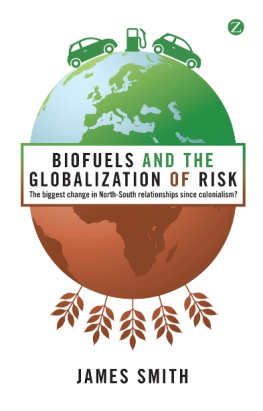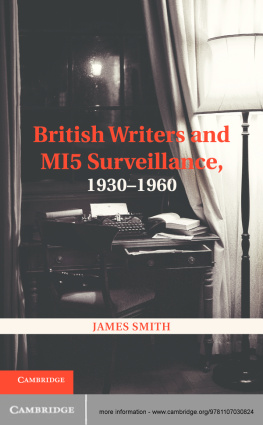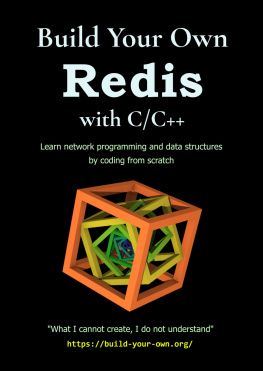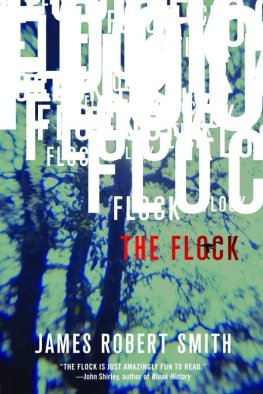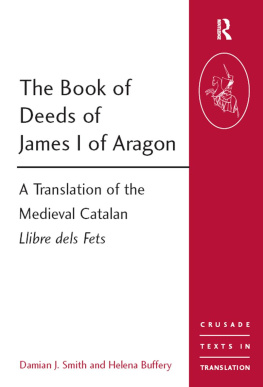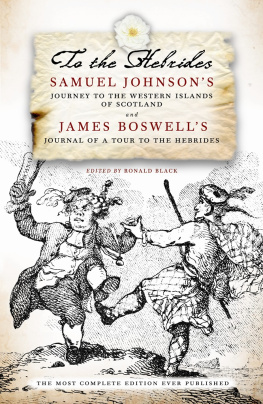Samuel Richardson and the theory of tragedy
Samuel Richardson and the theory of tragedy
Clarissas caesuras
J. A. Smith
Manchester University Press
Copyright J. A. Smith 2016
The right of J. A. Smith to be identified as the author of this work has been asserted by him in accordance with the Copyright, Designs and Patents Act 1988.
Published by Manchester University Press
Altrincham Street, Manchester M1 7JA
www.manchesteruniversitypress.co.uk
British Library Cataloguing-in-Publication Data
A catalogue record for this book is available from the British Library
Library of Congress Cataloging-in-Publication Data applied for
ISBN 978 0 7190 9793 5 hardback
First published 2016
Typeset by Out of House Publishing
Printed in Great Britain
by TJ International Ltd, Padstow
For my wife, Nicola
Contents
| 3C | Samuel Richardson, Clarissa; or, The History of a Young Lady, 3rd edn, 8 vols. (London, 1751) |
| C | Samuel Richardson, Clarissa; or, The History of a Young Lady, ed. Angus Ross (Harmondsworth: Penguin, 1985) |
| CL | Samuel Richardson, A Collection of the Moral and Instructive Sentiments, Maxims, Cautions, and Reflections, Contained in the Histories of Pamela, Clarissa, and Sir Charles Grandison, in Samuel Richardsons Published Commentary on Clarissa, ed. Florian Stuber and others, 3 vols. (London: Pickering & Chatto, 1998), vol. III |
| EW | Samuel Richardson, Early Works, ed. Alexander Pettit (Cambridge: Cambridge University Press, 2012) |
| P | Samuel Richardson, Pamela; or, Virtue Rewarded, ed. Albert J Rivero (Cambridge: Cambridge University Press, 2011) |
| SCG | Samuel Richardson, Sir Charles Grandison, ed. Jocelyn Harris, 3 vols. (Oxford: Oxford University Press, 1986) |
My first acknowledgement goes to Jeremy Tambling, whose commitment as a teacher, scholar and friend will always be a model for me. I have also been helped by Hal Gladfelder, Daniela Caselli, Jeremy Gregory, David Punter, David Miller, and by the late P. N. Furbank. The initial period of research was supported by a grant from the Arts and Humanities Research Council. Thanks too to Manchester University Press for their interest and encouragement.
The earliest draft of this book was read and scrutinised by Joel Swann, and the final complete draft by Mareile Pfannebecker. Thank you both for that generous work. With these great friends and with another great friend and influence, Alfie Bown I hope there is a long conversation to come.
At the time when this book was contracted, I was helped a great deal by the hospitality of Lynne Harrowell and Richard Thompson in London, and Sam and Theo Austin and Mareile in Manchester. Cheers also to Leo Cookman, Matthew Judge, Mike and Michelle Collier, Naya Tsentourou, Dan Bristow, Paul Fung, Iain Bailey, Irene Huhulea, Colm MacCrossan, Andrew Rudd, Henry Power, and everyone at the Everyday Analysis Collective, #MCRPoetry, and Jeremys theory reading group; as well as to my students at Manchester, MMU and Exeter.
My love and thanks go to my family: to my parents, Andrew and Wendy, to Lauren, to my grandparents, and to Ari and Diane.
In the preface to the first edition of Clarissa, Richardson makes the familiar eighteenth-century gesture of reassuring his reader of the moral lessons the text is to impart:
In the great variety of subjects which this collection contains, it is one of the principal views of the publication: to caution parents against the undue exertion of their authority in the great article of marriage: and children against preferring a man of pleasure to a man of probity, upon that dangerous but too commonly received notion, that a reformed rake makes the best husband. (C 36)
Clarissas scope may be vast in addressing a great variety of subjects and in being an epistolary collection of different writers letters and viewpoints, but it can nonetheless claim to be reducible to two main points of argument. Parental tyranny in the sphere of love is likely to bring misfortune, and young women shouldnt be fooled by the apparently attractive prospect of the reformed rake: the man who claims to have abandoned his days as a seducer while retaining the wit, manners and sensuality that allowed him to fulfil that role in the first place.
It is not unusual for authors of Richardsons time to begin their books by identifying certain follies in the world and to claim (with varying degrees of sincerity) that they have only written about them in order to put them right. But Richardsons preface is distinctive in intimating a quite specific process or mechanism by which those follies have come to be in first place. For Richardson, we might say, there must indeed be something dangerous in the very way that public knowledge is constituted if such demonstrably false ideas can, through the various iterations they undertake in the culture, become commonly received: enshrined as truth, received wisdom or doxa. In this book, I should say from the start, I am less interested in the specific content of those ideas about tyrannical parents and reformed rakes than I am in the mechanism by which Richardson suggests they have perpetuated themselves.
The first argument of this book, then, is that Richardsons positioning his novel against the received notion is not simply a passing remark in a conventional moralistic preface, but rather is one of the organising principles of the whole novel. I take it that whatever else it is, Clarissa is a diagnosis of a certain malignity in what we think of as common knowledge, or what Richardson sometimes refers to as public talk (C 94). In Clarissas use of repetitions and quotations between and within the letters written by the novels characters, Richardson seems compelled to show this dangerous public talk at work, demonstrating how damaging ideas can become axiomatic simply by being repeated by the right people in the right way. We can say that the problem Richardson is analysing receives its parodic embodiment in a remark made by a man who speaks almost entirely in other peoples proverbs, Lovelaces uncle, Lord M: what everyone says, must be true (C 606).
Once Richardson has made this analysis, the other challenge for his novel is to find some means by which to respond to or resist this problem of information. The privileged means such is my books second main argument comes in the form of a figure of tragedy. Clarissa herself, by her unexpected and self-destructive resistance to the received notions of her community, becomes the novels greatest retort to them. This in turn effects a transformation not only in the way information is treated in the novel but also in the novels own resources of representation: a transformation, I contend, that can rightly be called tragic. To begin to sketch out this argument, this introduction does three things. First, it considers what it means for Richardson to turn to tragedy as a way of combating the dangerous situation of mediation into which the novel suggests discourse has been thrown. Second, it details Richardsons own arguments about tragedy in his fiction and conduct writing. And, third, it draws on nineteenth- and twentieth-century theorists of the disruptive power of tragedy to suggest how its importance to




